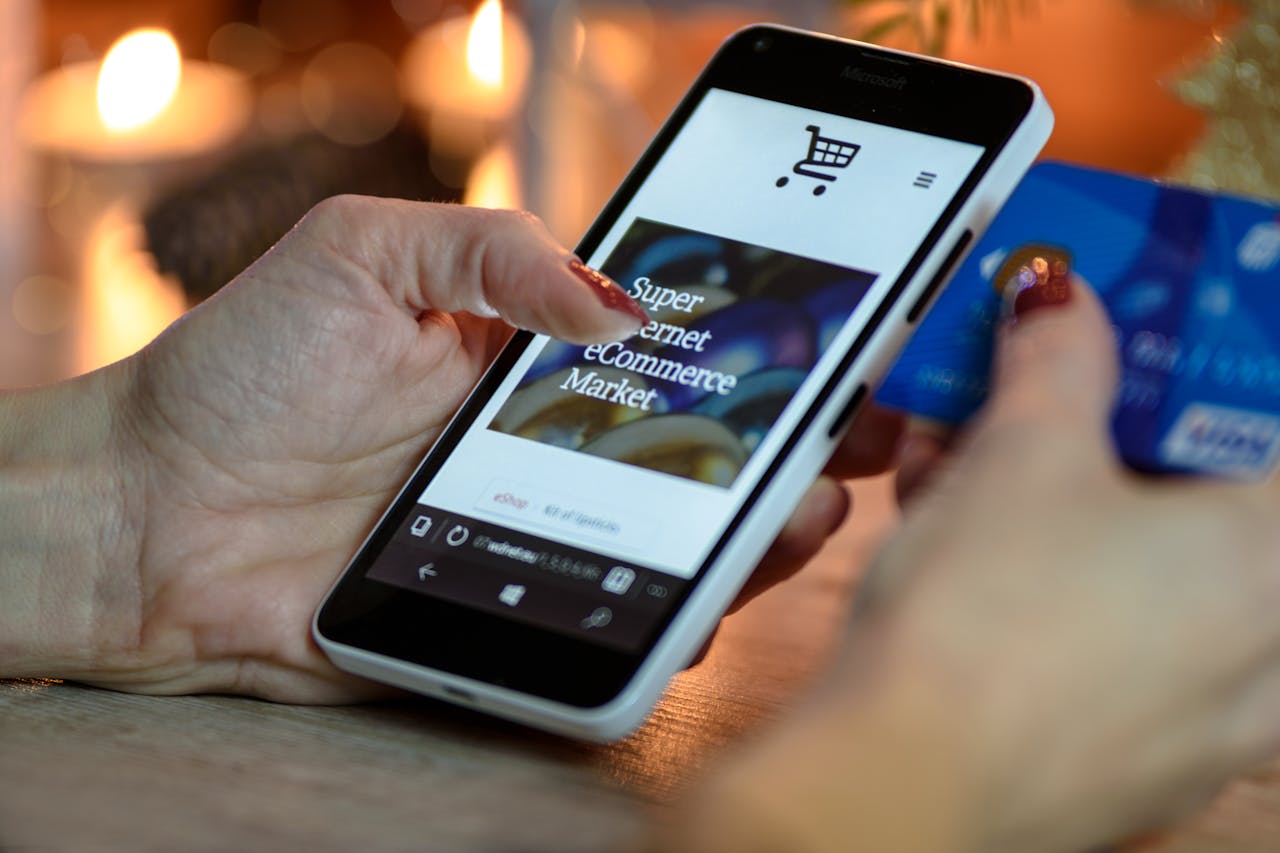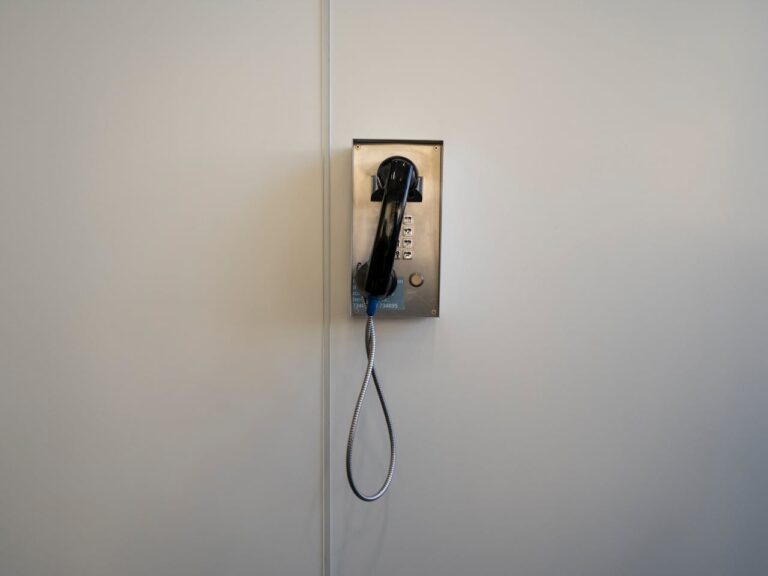
You’re looking at the Philippines because growth is there—but conversion isn’t automatic. Shoppers juggle wallets, cards, and real‑time bank transfers, yet many checkouts still feel foreign. That creates three predictable headaches: fragmented payment preferences that tank authorization rates, anxiety about fraud and refunds that stop people mid‑flow, and a maze of consumer‑protection and privacy rules that’s hard to translate into product decisions. This playbook helps you align with how Filipinos already pay, design trust into your mobile experience, and launch operations that are compliant from day one.
Choosing a Payments Partner for Local Presence
When evaluating providers for a Philippine launch, prioritize readiness for QR Ph, InstaPay, and PESONet, as well as refund-to-source workflows and controls that align with the Financial Consumer Protection Act and the Data Privacy Act. Suppose you want a single place to orchestrate those nuances. In that case, you can enter the Philippines market with Antom—and you should benchmark the same capabilities from peers such as Worldpay and Adyen to ensure resilience, coverage, and dispute tooling. The right choice is the one that proves local fit across methods, compliance, and reconciliation—without adding engineering drag.
What a Local Presence Really Means
A local presence isn’t only a business registration or a .ph domain. It’s the ability to accept the payment methods Filipinos use every day, handle authentication and chargebacks the way local banks expect, and issue refunds quickly via the same rails customers used to pay. Just as important, you’ll need support scripts and disclosures that reflect local consumer protection and privacy requirements. Treat those as product features, not paperwork.
Understand the Filipino Online Consumer
Young, Mobile‑First, and Research‑Led
The country’s digital natives live on their phones and discover products across social, marketplace, and creator channels. Expect comparison shopping before conversion, short attention spans on forms, and high sensitivity to trust cues, such as total price clarity, recognizable payment logos, and fast confirmation messages.
Cross‑Border Demand, Local Checkout Habits
Filipinos love cross-border brands but expect local checkout norms, including digital wallets and bank transfers above the fold, transparent fees, and responsive support. Video‑led shopping continues to influence purchase decisions, so your checkout should be ready to catch intent the moment it forms.
Map the Payment Landscape at Checkout
Digital Wallets as Daily Tools
E-wallets have become a habit for everyday spending—from utilities to groceries—thanks to easy top-ups, QR code acceptance, and frequent promotions. Make them obvious and fast: one‑tap approvals, clear top‑up guidance, and wallet logos that customers recognize immediately.
Cards and Real‑Time Bank Transfers
Support both cards and bank transfers. Cards still matter for higher‑value baskets and subscriptions. Real-time transfers utilize InstaPay for instant low-value payments and PESONet for higher-value batch transfers. Offer both options in checkout and post‑purchase flows, especially for exchanges and refunds.
QR Payments in Everyday Contexts
QR Ph makes interoperable QR acceptance feel normal—from public markets to transport. If you run pop-ups, deliveries, or events, QR codes let you bridge offline discovery and online checkout with minimal friction.
Cash in Digital Journeys
Cash-on-delivery (COD) remains prevalent, particularly outside major metropolitan areas. Use COD selectively (for first orders or specific SKUs), then guide customers toward wallets or bank transfers with incentives once trust is established. Pair COD with SMS confirmations to reduce failed deliveries.
Remittances and BNPL, Responsibly
Overseas remittances fuel household consumption. If you use BNPL, be deliberate: clear disclosures, fair hardship pathways, and strict affordability checks. The goal is higher conversion without creating downstream risk.
Know the Rules and Signals
Government Initiatives Shaping Payments
QR Ph (and Paleng-QR Ph Plus) expands QR acceptance across various markets and transportation. Build for both static and dynamic QR codes, ensure offline fallbacks, and send receipts via SMS or chat apps that customers already use.
Financial Consumer Protection
Republic Act 11765 and BSP Circular 1160 set standards for fair treatment, disclosures, fraud safeguards, and complaint handling. Translate those into your product: visible pricing, easy refunds, recorded SLAs for support, and scripts that match regulatory language.
Data Privacy by Design
The Data Privacy Act and its IRR require lawful basis, minimization, security, and respect for data‑subject rights. Keep a privacy notice in plain language, capture consent correctly, and maintain a breach‑response plan. Appoint a DPO and keep training current.
Design a Localized Experience
Build Trust and Address Security Concerns
Show payment logos users recognize, outline refund timelines, and display security badges where they are helpful—not as decoration. Use OTPs judiciously and explain why you need them. Send real‑time receipts and shipping updates to reassure first‑time buyers.
Optimize Mobile UX and Value Cues
Assume one‑handed use on mid‑range Android phones. Short forms, auto-detect card types, smart defaults (with wallets and bank transfers prioritized), and inline error messages will reduce abandonment. Make the total cost—including shipping and fees—obvious before paying.
Meet Marketplace‑Style Expectations
Customers expect marketplace-grade clarity, including fast order confirmation, live tracking, easy returns, and responsive chat support. Mirror those cues on your DTC property so trust doesn’t become a reason to bounce back to a marketplace.
Build the Right Operating Model
Payment Method Coverage and Orchestration
Offer a balanced mix—wallets, cards, InstaPay/PESONet, and QR codes—then route transactions dynamically to maximize approvals and manage costs. Ensure refunds go back through the original rail and document what happens if a source account is closed.
Risk, Compliance, and Reconciliation
Implement device and behavioral risk signals without punishing good customers. Map your journeys to consumer-protection and privacy rules, and reconcile multi-rail payouts daily. Track dispute codes and keep evidence templates ready for common scenarios, such as friendly fraud or delivery disputes, to ensure a seamless process.
Partnerships and Interoperability
Favor partners that already integrate with QR Ph and local bank rails, while supporting cross-border settlement. Interoperability reduces integration overhead as acceptance expands.
Mobile Engagement Linked to Payment Actions
Trigger receipts, top‑up guidance, and bank‑transfer how‑tos at the right moments. Respect consent and give clear opt‑outs.
Launch Checklist
Pre‑Launch
- Method coverage: wallets, cards, InstaPay/PESONet, QR (plus offline fallbacks). 2) Compliance pack: privacy notice, consent capture, complaints workflow, refund/chargeback policy. 3) Mobile QA: one‑handed forms, OTP retry logic, wallet logo parity on real devices. 4) Merchandising: time offers to paydays and remittance cycles.
Post‑Launch
Monitor approval rates by method and issuer, and route them to the best-performing rails. Nudge COD customers toward digital payments after the first successful delivery. Track complaint volumes and response times against your SLAs, and keep privacy logs (access and erasure requests) current.
Quick Comparison Cheat‑Sheet
| Method | Where people use it | What to localize |
| Wallets | Every day, spending, bills, and ecommerce | One‑tap flows, clear top‑ups, recognizable logos |
| InstaPay / PESONet | P2P, merchant transfers, refunds | Bank lookup, instant confirmation, refund to source |
| QR Ph | Markets, transport, pop‑ups | Static/dynamic QR, offline fallback, receipt messaging |
| Cards | Larger tickets, subscriptions | 3DS UX, saved‑card consent, clear fees |
| COD (select) | First‑time, low‑trust orders | SMS confirmations, limited scope, incentives to switch |
Also Read: Redefining Luxury Fashion and Lifestyle Shopping
Conclusion
Winning in the Philippines starts with meeting people where they already pay. Place local rails and QR codes at the center of checkout, build trust into every step, and run operations that are compliant by default. Do that, and you’ll turn first‑time buyers into repeat customers—and every payment into a reason to come back.








